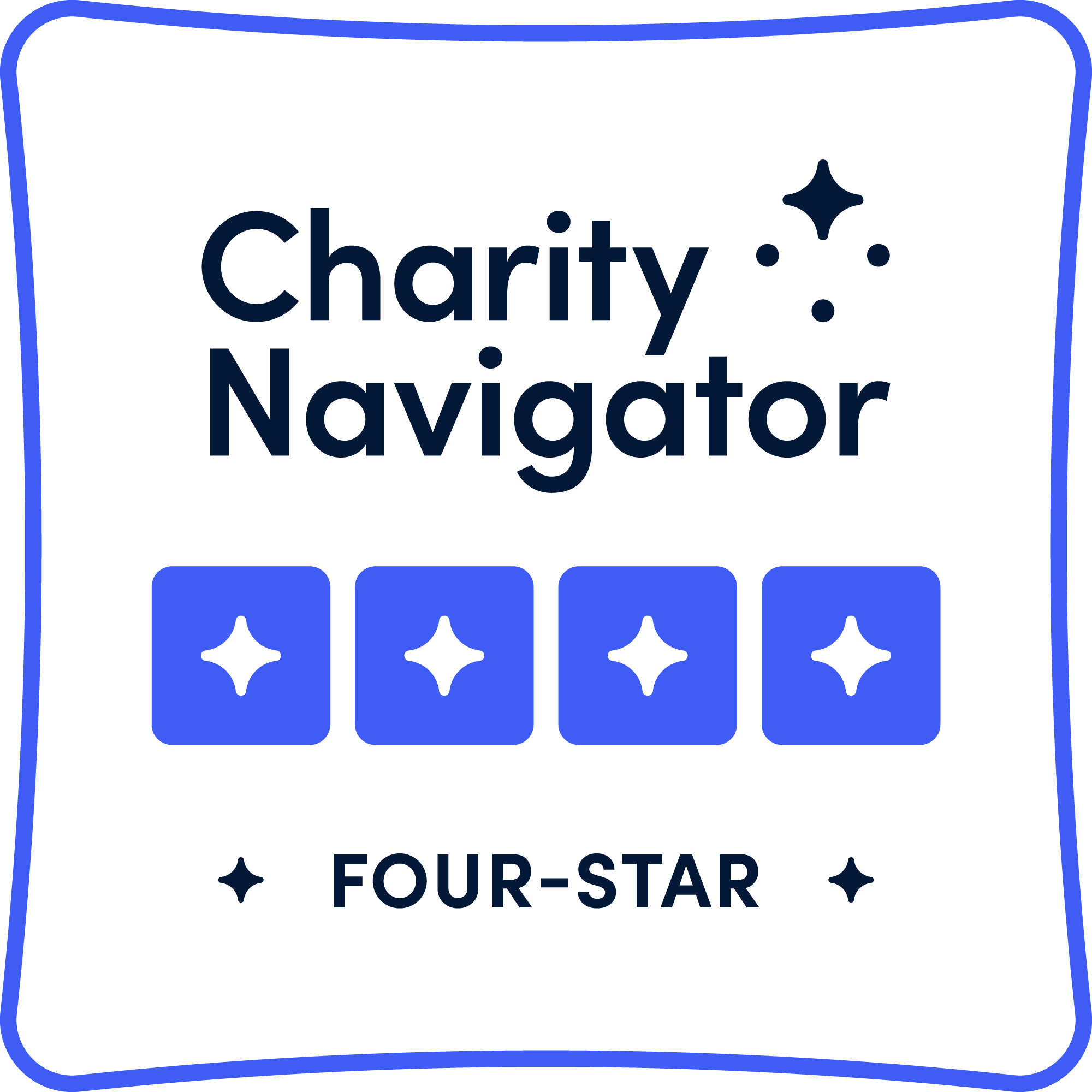CEO Corner with Dr. Celine Coggins
Reflections on my first year at The Goodness Web
Dear friends and supporters of The Goodness Web,
This past month marked my one-year anniversary as the inaugural CEO of The Goodness Web. It has been a whirlwind of learning, always guided by the question: How can we get better? Better means a number of things to me: better at driving change in youth mental health; better at sharpening our impact and communicating it to donors; better at building the unique community that is The Web.
I believe deeply that listening is key to getting better. So rather than taking a victory lap touting our progress over the year (there’s been a lot, and I do that every month!), I’m going to share some of the big questions I’m grappling with and invite you to reach out if you have thoughts on any. I’m kicking off Year Two eager to keep accelerating our progress!
People. I have led organizations focused on collective impact for 17 years, but there is nothing like The Goodness Web. Getting to know so many of you has been my favorite part of the work. I know most of you spend your days leading with your head, and I am always struck by how, in our spaces, people show up leading with their hearts. We are connected by experience. However, I recognize that different donors are looking for different things from The Web. Some highly value in-person salons and convenings. Some are here to learn. Others simply want to give and know their dollars are going to organizations that have been vetted for their quality. We are looking for the right mix of donor experiences to address your interests, and we welcome your feedback on which resonate most.
Systems Change. I was attracted to The Goodness Web for its ambitious vision. In a sea of small nonprofits serving a few schools or communities, TGW’s founders believe in making big bets on high-scale nonprofits that change the trajectory of youth mental health in America. We’re doing that! But how we approach systems change in youth mental health is always a source of reflection.
Youth mental health actually sits at the intersection of several complex systems, principally the larger medical system and the education system, and it is, at best, a secondary concern in both. Systems change in youth mental health means changing these larger systems, and it must consider the digital world in which most young people spend much of their lives. We want to meet kids where they are. We have made big bets that focus on prevention and early intervention in education settings, in medical settings, and online. We invest in efforts that pursue policy change on all three fronts. Yet, we are always debating how to allocate our collective resources across these areas to leverage the most change the most quickly. What we’re sure of is that a challenge of this magnitude is best tackled together.
Impact. One of the highlights of my job is getting to be a cheerleader and amplifier for the profoundly important things our grantees are accomplishing, especially today, in the face of incredibly difficult circumstances. I am also proud that we are drawing dollars off the sidelines, and into a field that has been generally overlooked by philanthropy. In many ways, the web of our impact is easy to see. However, some of you have asked: How will you know when the youth mental health crisis is over? How do you measure your role? Do you have a unified metric or set of metrics for grantees? These are questions we are thinking hard about and debating internally.
It's been a heck of a year, and I’m entering Year Two with optimism and energy for all we can accomplish together!

